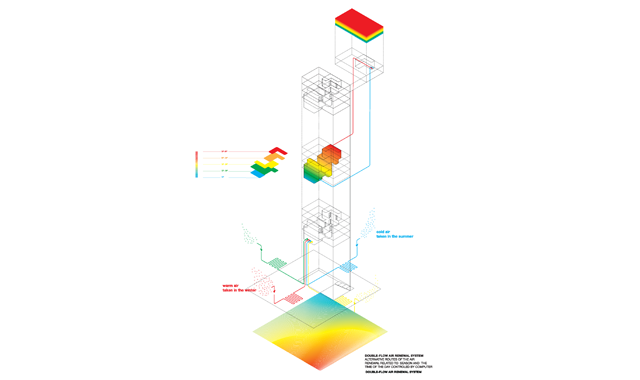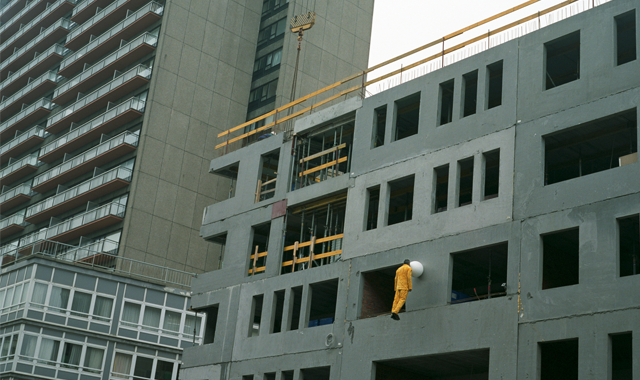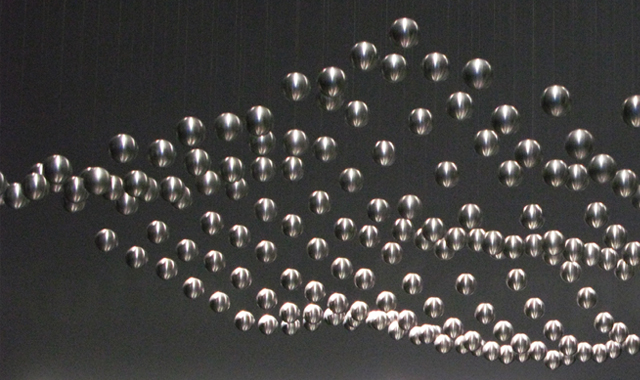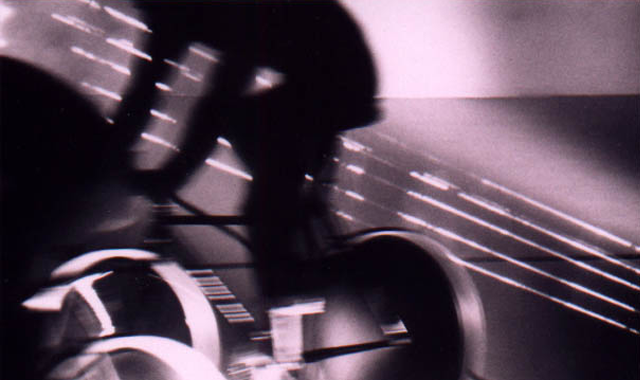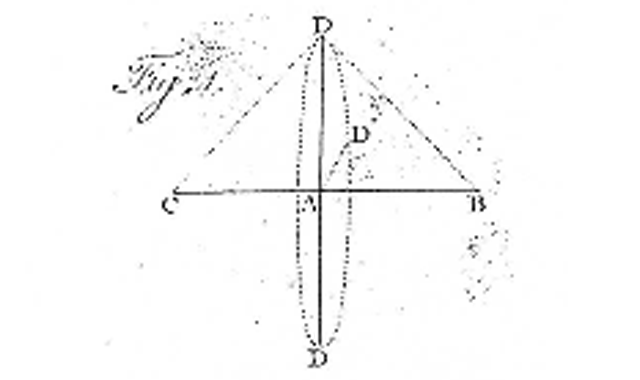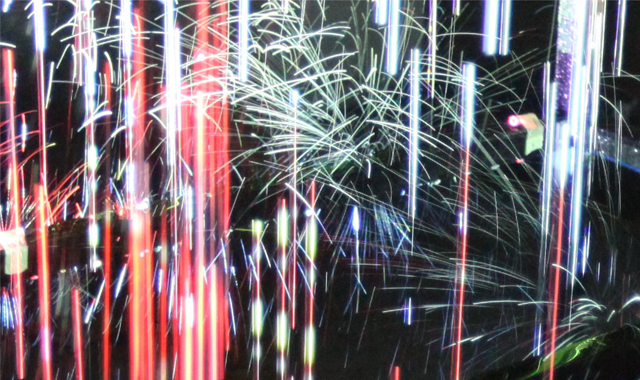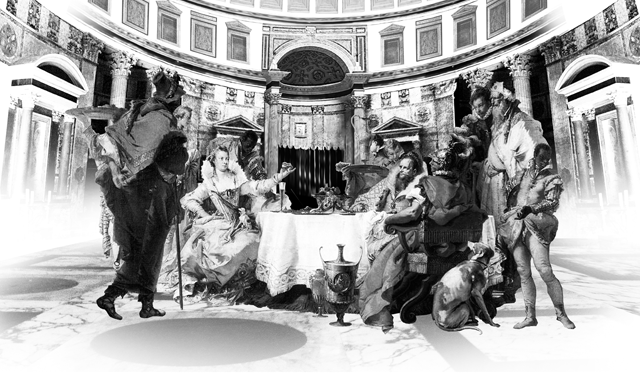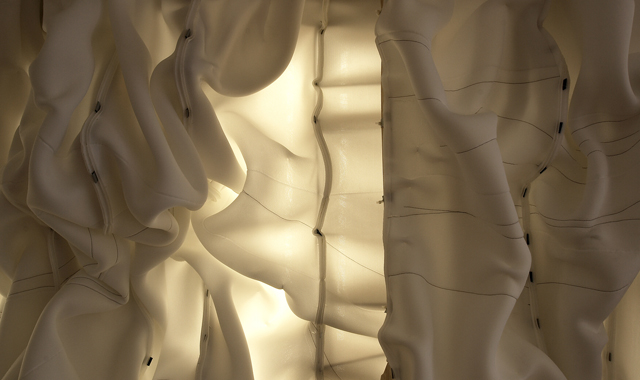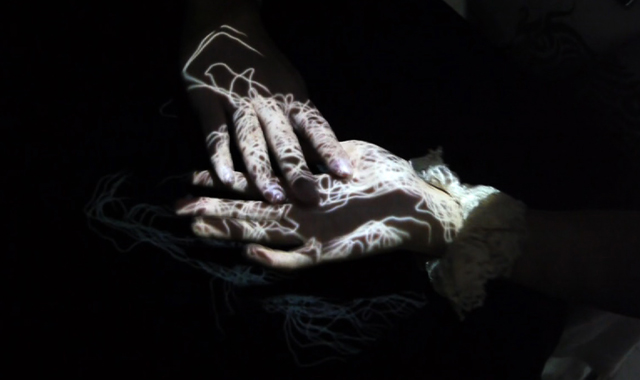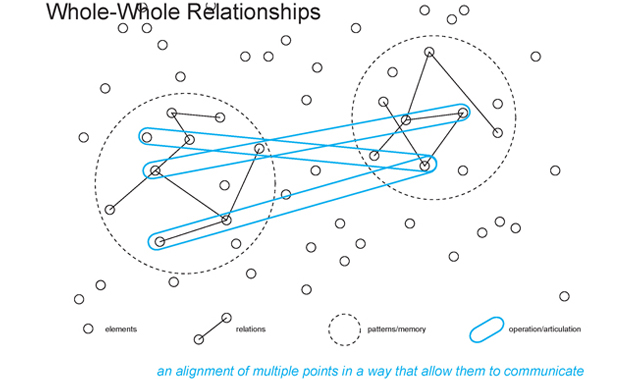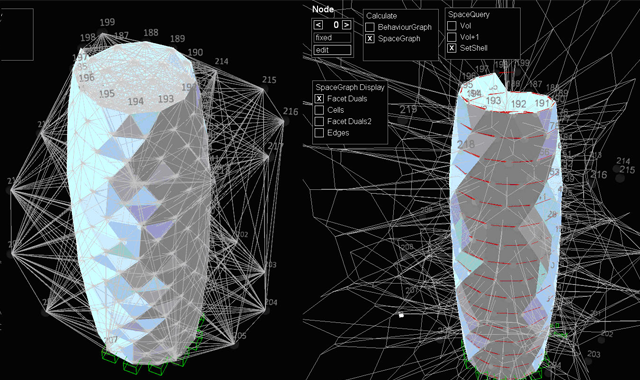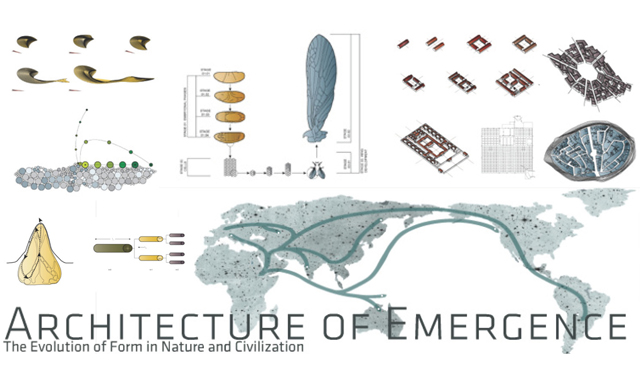31.05.2011 / HEINRICH L√úBER
31.05.2011, 16:00, Heinrich L√ľber @ HPZ F www.lueber.net The World is a Museum This stunningly photographed film captures the various works of Swiss artist Heinrich L√ľber, for whom the world is a museum. Rather than set up his work‚ÄĒwhich usually involves his own body contorted into an unbelievable stance‚ÄĒin a gallery, he plays with the perception of public space, with onlookers becoming part of the art. Their slack-jawed gaze heightens the surreal nature of his installations,...
M7: MUNICH – STUTTGART WORKSHOPS
For two days MAS CAAD class moved to Munich and Stuttgart for some intensive programm. BMW Museum with exhibition and scenography by ATELIER BR√úCKNER was visited. Afterwards MAS class had an opportunity of seeing The Persians – written by Aischylos and directed by Johan Simons. The play was held in old warehouses, neighbouring Munich’s refugee camp. It was followed by a meeting with the director of the play. BMW Museum in Munich The Persians,¬† foto by Andrea Huber Short...
25.05.2011 / PIP GREASLEY
25.05.2011, 16:00, Pip Greasley @ HIT E 51 Sonic Artist. De Montfort University Leicester UK. ‘Now play the building in 7/8′. The shared language of harmony, pulse and rhythm has historically been a connect between music and architecture based on the notion that the blueprint as ‚Äėscore‚Äô will generate a unique sound signature¬† – an acoustic ident engineered from material and form.¬†...
23.05.2011 / GERT SCHUBRING
23.05.2011, 13:00, Gert Schubring @ HPZ F Research on the History of Teaching and Learning Mathematics. Universities of Bielefeld and Rio de Janeiro. Conviction by Means of Visualization, Not Logics: Graphical Representation of Complex Numbers as a Way to Accept Their Existence Within Mathematics. Complex numbers were used in mathematical practices since the sixteenth century; yet, their acceptance as legitimate mathematical concepts occurred only during the nineteenth century....
16.05.2011 / UWE R. BR√úCKNER
16.05.2011, 16:00, Uwe R. Br√ľckner @ HIT E 51 www.atelier-brueckner.de Scenography or the Art of Choreographed Spaces. The most important aspect of scenographical design lies in the translation of content into spatial images that can be walked through, and more generally even, in the generation of staged spaces with narrative qualities. In the best of all possible cases, the space itself turns into a medium. It is characteristic for scenographical design to work with an integrative...
M6: PROTOTYPES: DEVELOPING CONCEPTS
This short video is a compilation of the prototypes we produced in one week towards the final project, an installation that focus on the application of thin film electroluminescent foils combined with data gained through a multitude of Kinect Cameras. This project is developed by the 2010-2011 CAAD MAS class. The goal is to create and immersive environment as a combination of behavior, perception, material and space to engage the users with the piece and create an emotional spatial...
M6: EXPERIMENT: DIY EL SCREEN
This first experiment aimed to understand how do an Electroluminescent display works. Electroluminescence is a direct conversion of electric energy to light, and it happens when a solid phosphor is subjected to an strong alternating electric field, typically 90VAC @ 500Hz. This is how it works: – The copper precipitates to form nanocrystals of copper sulfide. These enhance the strength of the electric field in the phosphor. – The zinc sulfide and silver form...
M5: FINAL PROJECT
The final task of this module was to develop an installation using the Kinect as an interaction medium. This project was mostly based on the knowledge obtained during the first tasks and each one of us explored our own interests or what we thought was the most interesting and with most potential ‘misuse’ of the ‘camera’. All of these projects were developed using Eclipse as a programming platform, also, some of the projects, like Set Me Free, used...
20.04.2011 / STEPHEN GAGE
20.04.2011, 13:00, Stephen Gage @ HIT E 51 Bartlett UCL, London A-Functional Architecture. I argue that the experience of architecture, the delight and wonder of finding oneself in beautiful places and spaces resides both in highly designed interactive spaces and events and in spaces from which close functionality has departed or in which close functionality was always transient. I describe the latter as a-functional spaces and places. The combination of transient functionality...
08.04.2011 / MICHAEL STEINBUSCH
08.04.2011, 16:30, Michael Steinbusch @ HPZ F Professur Industriebau, TU DRESDEN Choreographing Architecture. Classical Ballet is oriented towards the stage center. Modern developments like Forsythe‚Äôs Ballet are multifocal, and they raise the question how different foci can be connected, having in mind that they in turn comprise of connections. This ‚Äúglobal/local‚ÄĚ problem reappears in brain research but can only carefully be adapted to embodied and communicative situations...
04.04.2011 / METTE RAMSGARD THOMSEN
04.04.2011, 15:00, Mette Ramsgard Thomsen @ HPT C 103 CITA, Copenhagen. cita.karch.dk A Sensitive Architecture: Designing for a Materially Graded Architecture. Architecture is engaged in a radical rethinking of its material practice. Advancements in material science and more complex models of material simulation as well as the interfaces between design and fabrication are fundamentally changing the way we conceive and design architecture. This new technological platform allows...
30.03.2011 / DANIEL BISIG
30.03.2011, 14:00, Daniel Bisig @ CAAD, HPZ F Institute for Computer Music and Sound Technology, ZHDK. Swarm Simulation in Interactive Art Swarm simulations model the coherent movement of a large groups of animals. They represent a classical category of multi-agent systems that rely on principles of self-organization to give raise to a variety of emergent phenomena. Accordingly, swarm simulations can serve as generative mechanisms for the creation of autonomous and responsive...
28.03.2011 / RUAIRI GLYNN
28.03.2011, 16:00, Ruairi Glynn @ CAAD, HPZ F www.ruairiglynn.co.uk Motive Architecture. Although Vitruvius’s treaties included clocks, waterworks and mobile war machines; architecture is often understood to be an art of space, not of time. Architecture’s traditional role has been the spatial backdrop to social interaction and performance: In the 20th Century, Price’s ‘Fun Palace’, Archigram’s ‘Instant City’, and Fisher’s...
14.03.2011 / DANIEL ALIAGA
14.03.2011, 14:00, Daniel Aliaga @ CAAD, HPZ F Chair for Information Architecture, ETH, and Associate Professor of Computer Science at Purdue University. www.ia.arch.ethz.ch/ Computational Cities: Geometrical Modeling for Urban Design and Simulation. This lecture addresses the growing desire to create geometrical models that design better, smarter, and more efficient cities. Cities are inherently very complex to model because they are simultaneously dense and large, spanning...
M5: KINECTIC SCULPTURE
During the first week of work with the Kinect camera for Xbox we started to see the potential of this hacked technology. The used platform to ‘interact’ with the data flow was Processing, and one of the biggest advantages of this platform is the abundance of open source code. The big difference between this camera and the web-cam, which has been in the market for years now, is the extra type of data or dimension that it provides, depth. With this cheap and...
M4: FINAL PRESENTATION
As a final task, we presented our individual works on the chosen architectural theory. Some of the approaches were analyzed and re-formulated in hipotetical scenarios, like Adolf Loos on Tractatus Logico-Philosophicus, Bernard Tschmumi on FourSquare or Daniel Libeskind on The Matrix. At the same time, there was some emphasis on analyzing the role of technology for this architectural theories, as well as the different interest towards technology therein, as we can see in J. Christensen’s...
14.02.2011 / BIGE TUNCER
14.02.2011, 14:00, Bige Tuncer @ CAAD, HPZ F Chair for Information Architecture, ETH, and Design Informatics, Delft University of Technology. www.ia.arch.ethz.ch/ Performative Architecture. Design Models, Methods and Tools. Bige Tunçer is an assistant professor at the Design Informatics chair, Faculty of Architecture, Delft University of Technology. She has a B.Sc. in Architecture from METU, Turkey, an M.Sc. in Computational Design from Carnegie Mellon University, USA, and a...
M4: Week 3. REVIEWING STUDENTS’ WORK
During this week we have kept the readings and discussions about our chosen architects, we have come into a point in wich we have to start building the line of argumentation of our research. For most of the students, the goal is to have a elocuent short video of our investigation. This final excercise for this module will be presented at the end of the week. Also, we had one ‚Äėinput‚Äô lecture for our analysis from Andrei Rodin on Objects Without Structure, a philosophical introduction...
09.02.2011 / MICHAEL WEINSTOCK
09.02.2011, 14:00, Michael Weinstock @ HCI J 4 www.architectureofemergence.com Metabolism of the City Geometry has always been the principal mathematical means of describing the form of a city, persisting from the plans of ancient cities through to many contemporary studies. In recent decades there has been an increasing interest in the application to urban analysis of mathematical techniques that are more commonly used in biological studies of the metabolism of individual animals...
